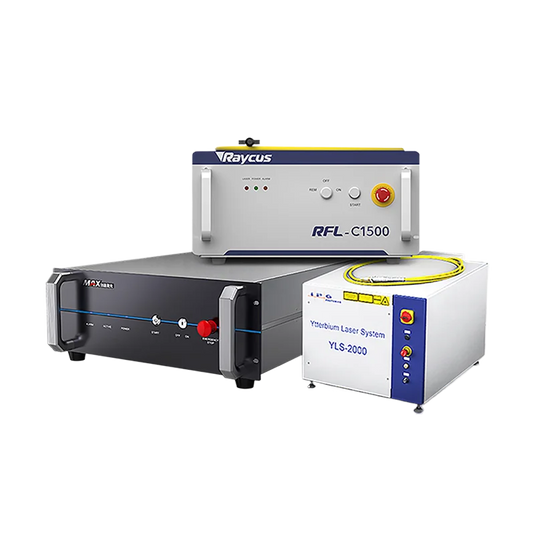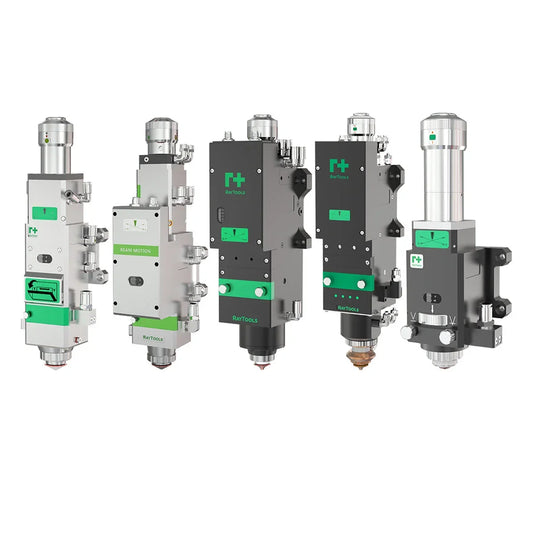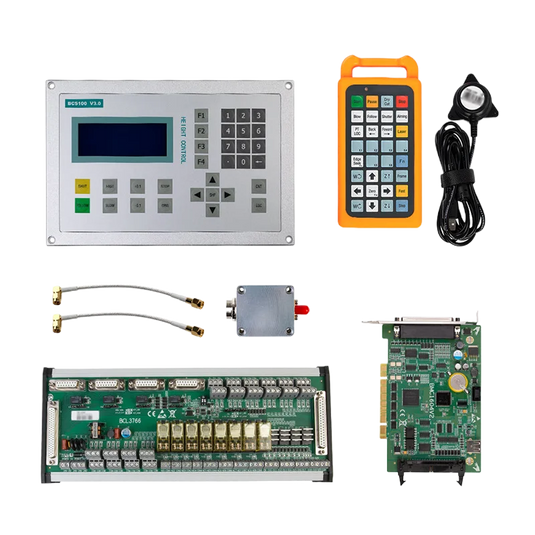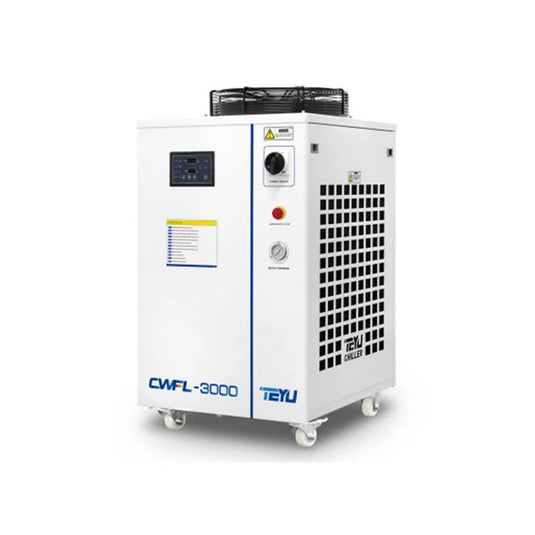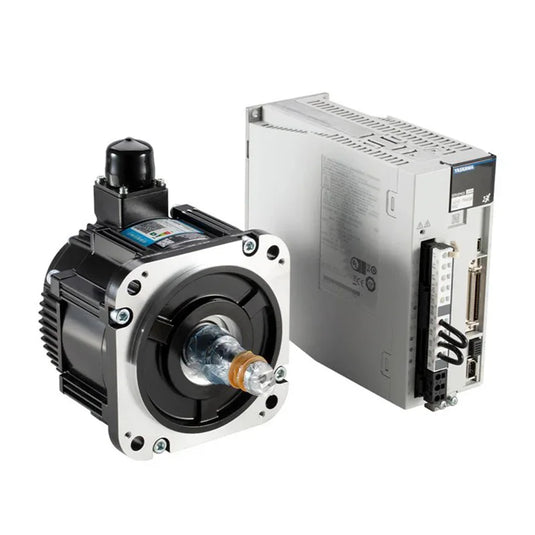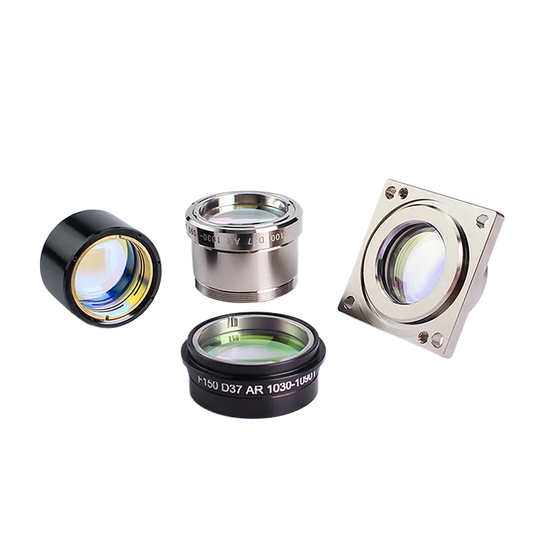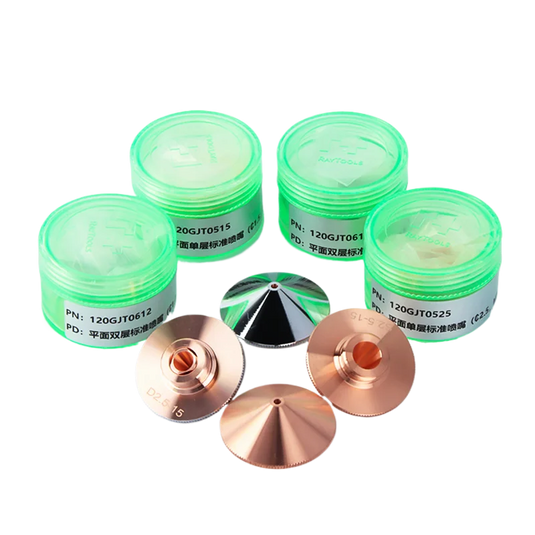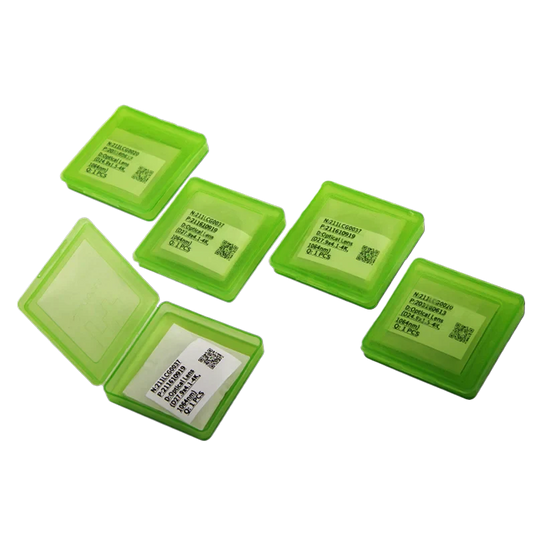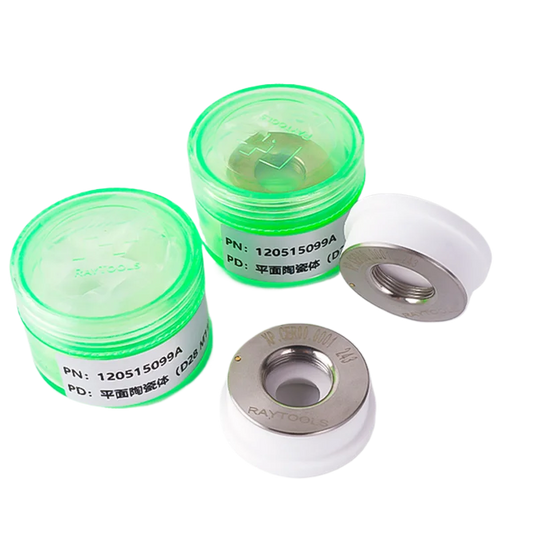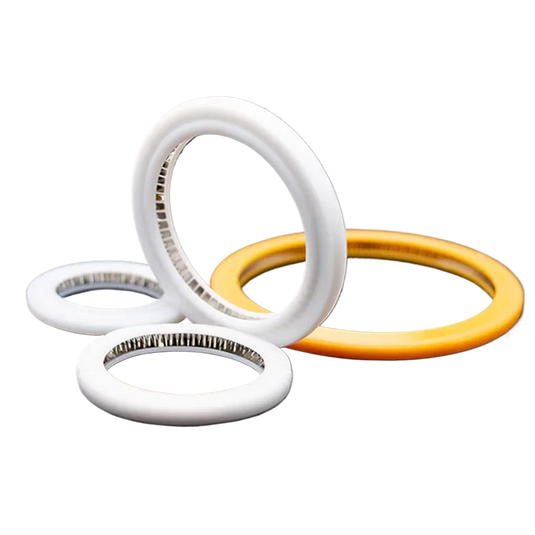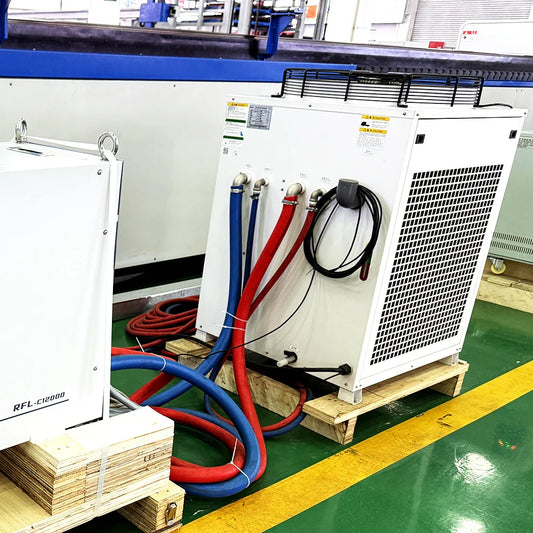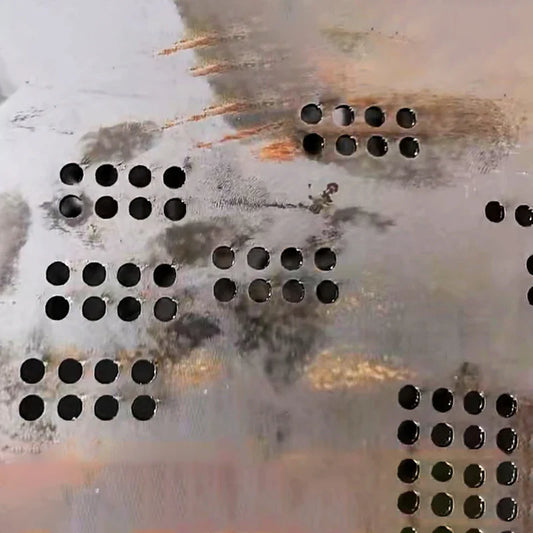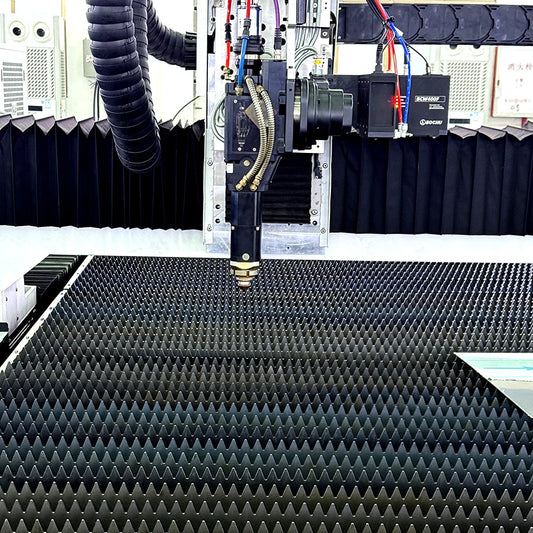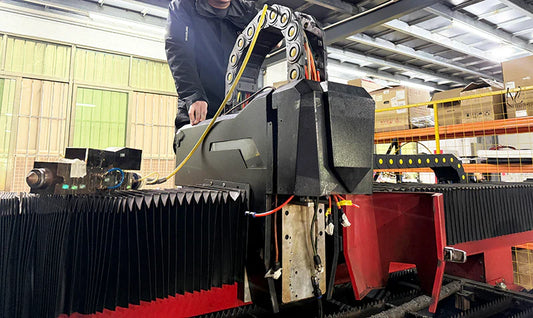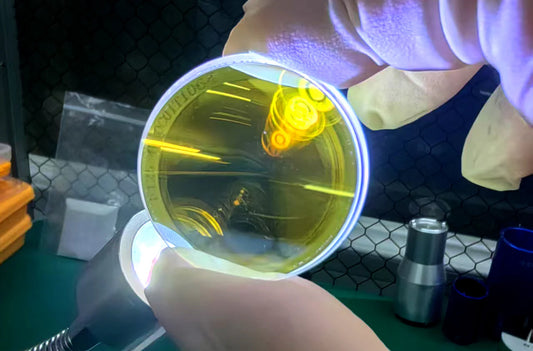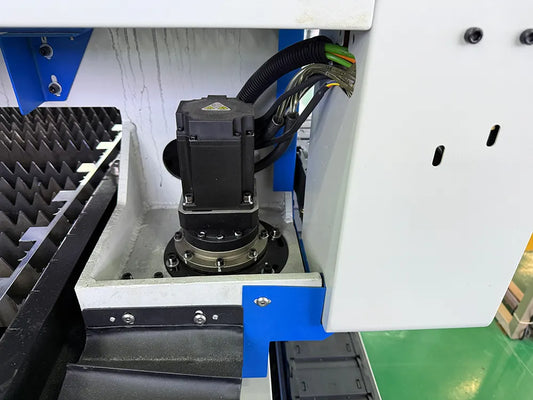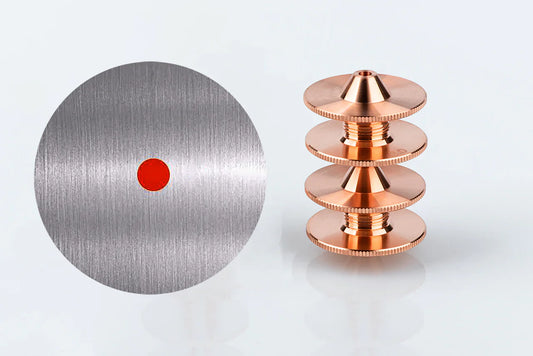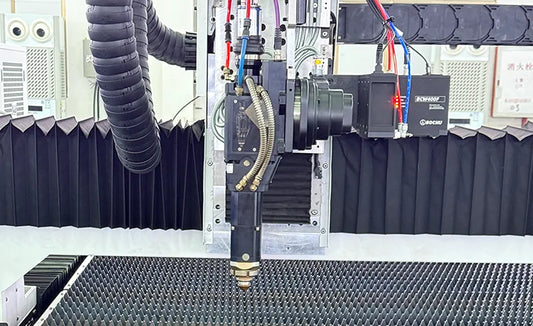A Step-by-Step Guide to Troubleshooting Laser Chillers in 5 Simple Steps

A dependable water chiller is the unsung hero of any laser cutting project. Even the most modern laser cutter will fail to maintain precision, efficiency, or lifetime if not properly cooled. If you've ever had unexpected shutdowns, poor cut quality, or expensive equipment repairs, your water chiller could be the problem. Let's look at why these cooling systems are important, how they work, and how to fix the most prevalent difficulties.
The Importance of Water Chillers for Laser Cutting Machines.
During operation, laser cutting machines generate extremely high temperatures, which can quickly destroy sensitive components such as laser tubes, optics, and control boards. This is where water chillers come in: they regulate temperature, ensuring that your laser cutter functions within its maximum capacity.
Why does this matter?
- Laser tubes, particularly fiber laser source and CO₂ tubes, are extremely heat-sensitive. Overheating causes premature failure and requires costly replacements.
- Maintains cutting precision: Heat warping in the laser path affects the beam focus, resulting in uneven cuts, rough edges, and failed projects.
- Prevents downtime. A failing chiller frequently results in automatic shutdowns to preserve the laser, which halts production and delays deadlines.
- Extends equipment lifespan: Consistent cooling decreases wear and tear on all components, including motors and circuit boards, resulting in lower long-term maintenance costs.
In conclusion, your water chiller is more than simply an accessory; it's a critical component of your laser cutting system's performance and durability.
Ⅱ. Understanding Water Chillers for Laser Cutting Machines
Understanding how your water chiller works allows you to identify problems early. These systems rely on a straightforward but efficient closed-loop principle:
- Water circulation: A pump circulates cool water from the chiller reservoir via hoses linked to the laser cutter's heat-generating components (laser tube, focussing lens, etc.).
- Heat absorption: Water travels through these components, absorbing excess heat and preventing overheating.
- Heat dissipation: The warmed water returns to the chiller and travels through a condenser. Heat is transmitted to the ambient air (air-cooled chillers) or a secondary water loop (water-cooled variants).
- Refrigeration cycle: In air-cooled chillers, a compressor circulates refrigerant to enhance heat transfer in the condenser, cooling the water to the desired temperature.
- Monitoring and regulation: Sensors monitor water temperature, flow rate, and pressure. If any readings fall outside of safe ranges, the chiller will sound an alert or shut down to prevent damage.
This cycle is repeated indefinitely, maintaining constant temperatures even during extended, severe cutting sessions.
Ⅲ Common Problems and Solutions for Water Chillers in Laser Cutting Machines
Even the greatest chillers experience issues. Here's how to detect and resolve the most common issues:
1. Alarms for high cooling water temperatures.
The most common chiller alert indicates that the water is not chilling adequately. Let us break down the causes:
Insufficient cooling water flow
If water is not circulated properly, heat accumulates quickly.
- Causes: Pump failure, clogged pipes, leaks, or low water levels in the reservoir.
- Solutions:
- Check the pump: Listen for unusual noises—if it’s silent or grinding, replace it.
- Inspect pipes: Flush with clean water to remove debris; repair leaks with new hoses or seals.
- Top up the reservoir: Use pure (distilled or deionized) water to avoid mineral buildup.
Poor condenser performance
A filthy or obstructed condenser cannot adequately discharge heat.
- Cause: Dust, lint, or factory debris coating the condenser fins.
- Solution: Turn off the chiller, then use compressed air or a soft brush to clean the fins. Ensure the chiller has 1–2 feet of clear space around it for airflow.
High ambient temperature
Hot conditions exceed the chiller's cooling capabilities.
- Cause: Summer heat, poor ventilation, or proximity to other heat sources (e.g., furnaces).
- Solution: Improve airflow with fans or ducting; add a portable AC unit near the chiller in extreme cases.
2. Water Quality Issues
Dirty or mineral-rich water damages the system from the inside out.
Scale Accumulation
Minerals in hard water form scale, clogging pipes and reducing heat transfer.
- Cause: Using unfiltered tap water or infrequent water changes.
- Solution:
- Switch to pure water for refills.
- Clean the system every 3–6 months with a descaling agent, then flush thoroughly.
Water Contamination
Debris, bacteria, or rust in the water cause blockages and corrosion.
- Cause: Neglecting water changes or using contaminated sources.
- Solution: Drain and replace water every 6 months; scrub the reservoir with mild detergent during changes.
3. Sensor Malfunctions
Faulty sensors send false alarms or fail to detect real issues.
Temperature Sensor Problems
- Cause: Loose wiring, moisture damage, or aging components.
- Solution: Check connections and tighten loose wires. Test with a multimeter—replace the sensor if readings are inaccurate.
Flow Sensor Issues
- Cause: Misalignment, debris blockage, or damaged wiring.
- Solution: Realign the sensor (follow your manual), clean away debris, or replace wiring/sensors if faulty.
4. Internal Chiller Failures
These require careful handling to avoid further damage.
Compressor Malfunction
- Signs: Loud noises, weak cooling, or refrigerant leaks.
- Solution: Contact a certified technician—compressor repairs or replacements require specialized skills.
Electrical Problems
- Causes: Voltage fluctuations, damaged circuit boards, or loose connections.
- Solution: Use a voltage stabilizer to protect against surges. Inspect boards for burn marks and replace damaged components (or call a pro).
5. Other Common Issues
- Low water level: Top up the reservoir with pure water.
- Kinked/clogged pipes: Straighten hoses or flush to remove blockages.
- Voltage instability: Install a regulator to maintain consistent power.
Ⅳ. Tips for Maintaining and Extending the Life of Laser Cutting Water Chillers.
A regular maintenance schedule turns reactive repairs into proactive care, significantly prolonging your chiller's operational life and avoiding costly breakdowns. Your chiller works relentlessly to safeguard expensive laser components; repaying that favour with regular maintenance yields returns in dependability and performance.
Monthly Cleaning Regime
Condenser maintenance is the foundation of chiller health. Every month, turn off your system and check the condenser fins for dust, debris or lint collection. To blow away particles, use compressed air at a low pressure (30-40 PSI), moving from the inside out to avoid driving material deeper into the fin. A soft-bristled brush removes tenacious buildup without damaging sensitive aluminium fins.
Check the surrounding area for appropriate ventilation; keep at least 24 inches of clearance on all sides. Remove any boxes, tools, or equipment that may obstruct air flow. To keep dust from spreading to internal components, wipe off the chiller's exterior housing using a moist cloth.
Biannual Water System Maintenance
Water replacements every six months avoid the gradual accumulation of pollutants that reduce cooling efficiency. Drain the whole system, including the reservoirs and circulation lines. Scrub the reservoir with a mild detergent to remove biofilm, algae, and mineral deposits that have accumulated over time.
Refill only with distilled or deionised water; never use tap water, which contains minerals that cause scale. The quality of water utilised in your chiller system is also important to examine, since it can have a considerable impact on its performance and durability. Thus, using adequately treated water is critical to ensuring good operation. If your manufacturer has specified coolant additives, add these while maintaining the precise concentration ratios for optimal heat transfer and corrosion protection.
Conclusion
The water chiller in your laser cutting equipment is critical for maintaining accuracy and protecting your investment. By maintaining the chiller, you can assure long-term efficiency and productivity, including fewer malfunctions, cleaner cuts, and longer equipment life.
To achieve success, proactive maintenance should be prioritised over reactive repairs. This involves creating regular cleaning routines, changing the water every six months, and responding swiftly to any danger indicators. Do not hesitate to contact trained technicians if you are experiencing difficult issues such as compressor breakdowns or electrical problems.
Remember the following tips for ensuring the reliability of your laser cutter: Prevention is less expensive than repair; using pure water may prevent most problems, and regular maintenance will keep your system functioning properly. By committing to regular chiller maintenance, you can ensure uninterrupted output and constant cutting quality for many years to come.
FAQs
Why are water chillers required for laser cutting machines?
Water chillers are crucial in laser cutting operations because they manage the heat generated during the cutting process. They safeguard sensitive components like as laser tubes, optics, and control boards from overheating, allowing for better cutting precision, preventing premature equipment failure, reducing costly downtime, and extending the machine's overall lifespan.
How do water chillers operate in laser cutting machines?
Laser cutting water chillers use a closed-loop cooling system to circulate chilled water throughout the laser components. This water absorbs heat created during operation, preventing overheating. The heated water is subsequently cooled down using a refrigeration cycle that includes components such as the compressor, condenser (air-cooled or water-cooled), expansion valve, and evaporator, maintaining constant temperature control.
What are the most common laser cutting water chiller faults, and how may they be resolved?
Common concerns include high cooling water temperature alerts caused by pump failures or clogged pipes, insufficient water flow, sensor malfunctions such as malfunctioning temperature or flow sensors, and water quality issues such as scale buildup. Solutions include inspecting and repairing pumps, removing obstructions, replacing faulty sensors, using adequate coolant, and performing preventive maintenance to avoid scale formation.
How does poor cooling effect laser cutting performance and equipment lifespan?
Inadequate cooling causes overheating of crucial components, resulting in beam distortion and reduced cutting precision. It can cause automatic shutdowns, resulting in costly downtime, accelerate wear and tear on parts, leading to premature failure, and, eventually, lower the machine's lifespan while raising maintenance expenses.
What are the best maintenance techniques for extending the life of laser cutting water chillers?
Creating a regular maintenance routine is critical. This includes cleaning the chiller unit on a monthly basis to guarantee proper airflow, as well as scheduling complete water changes every six months and cleaning the reservoir thoroughly. Proactive maintenance improves efficiency, prevents faults, and promotes long-term output.
How can operators improve the reliability of their laser cutters through adequate chiller maintenance?
Operators may improve dependability by following proactive maintenance plans for their water chillers, responding quickly to any malfunctions such as sensor faults or flow concerns, ensuring correct coolant quality to prevent scale building, and getting professional assistance as needed. Proper chiller maintenance maintains consistent cooling performance, which is critical for efficient and accurate laser cutting operations.

